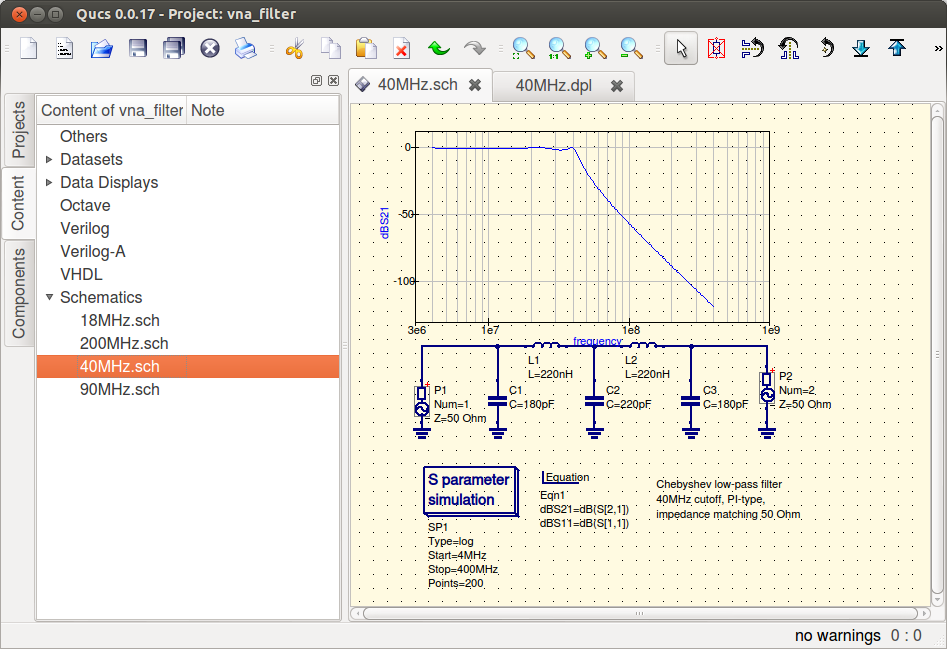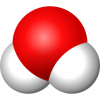Qucs (Quite Universal Circuit Simulator) is a circuit simulator, which means you can configure a circuit with a graphical user interface (GUI) and simulate the behavior of large signal, small signal, and circuit noise. After the simulation is complete, you can view the simulation results in a display page or window.
- Qucs is a circuit simulator with a graphical user interface (GUI). The GUI is based on Digia® Qt®. The software aims to support all kinds of circuit simulation types, eg. DC, AC, S parameter, harmonic balance analysis, noise analysis, etc.
- Qucsator, the simulation backend, is a command line circuit simulator. It takes a network list in a certain format as input and generates a Qucs dataset. It has been programmed for use in the Qucs project, but it can also be used by other applications.
The Qucs GUI is very advanced and allows you to configure schematics and present simulation results in various types of diagrams. With this circuit simulator it is possible to analyze DC, AC, S parameter, noise and transients, mathematical equations and the use of a hierarchy of subcircuits (with parameterized subcircuits) are available. This circuit simulator can also import existing SPICE models to use in your simulations.

Although Qucs is well developed, we are still striving to improve the project and we will always welcome offers of help. Qucs offers high-quality graphics, sample diagrams, website tutorials, and more.
This circuit simulator comes with a variety of components and models. Third party models including HICUM, BSIM2, BSIM3 and BSIM6 can be compiled and loaded into the simulator. It also provides many semiconductor-based components and models such as OpAmps, Diodes, MOSFET, PMOSFET and many more. Here you can find some schematic examples that demonstrate some of Qucs' skills, and many more examples are provided with the program.
In the following video you can see a short tutorial on the use and handling of Qucs software:





















